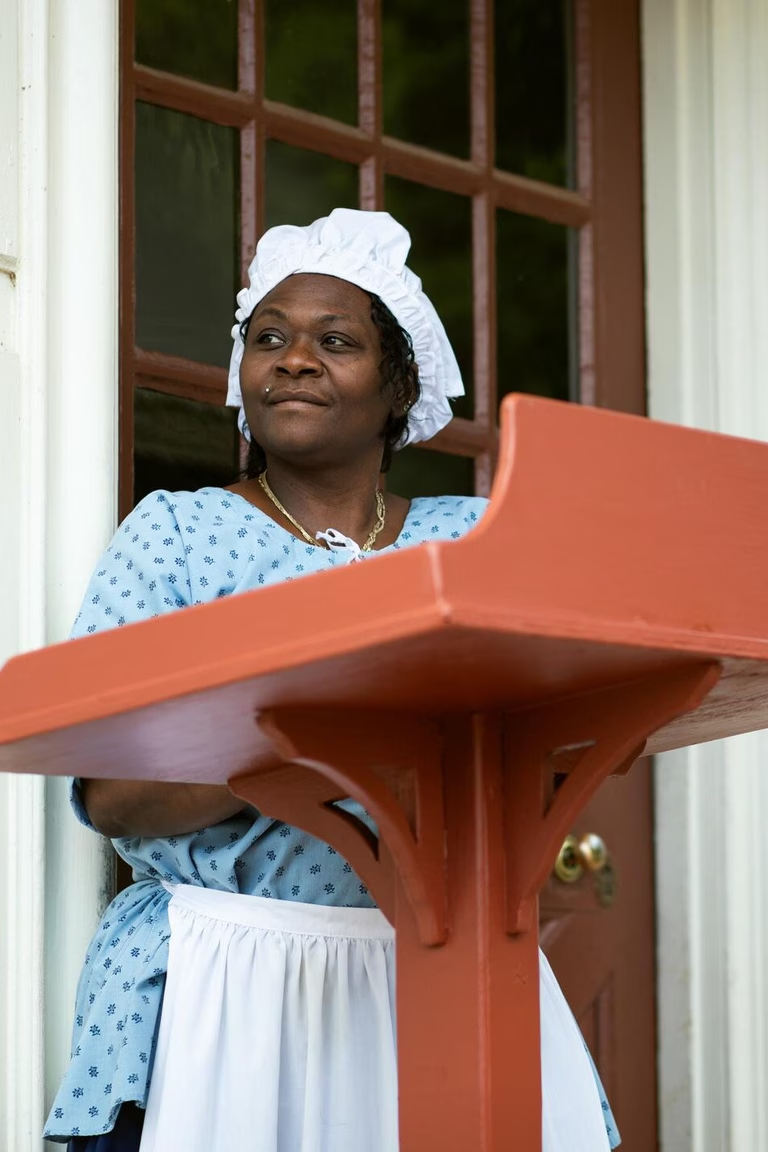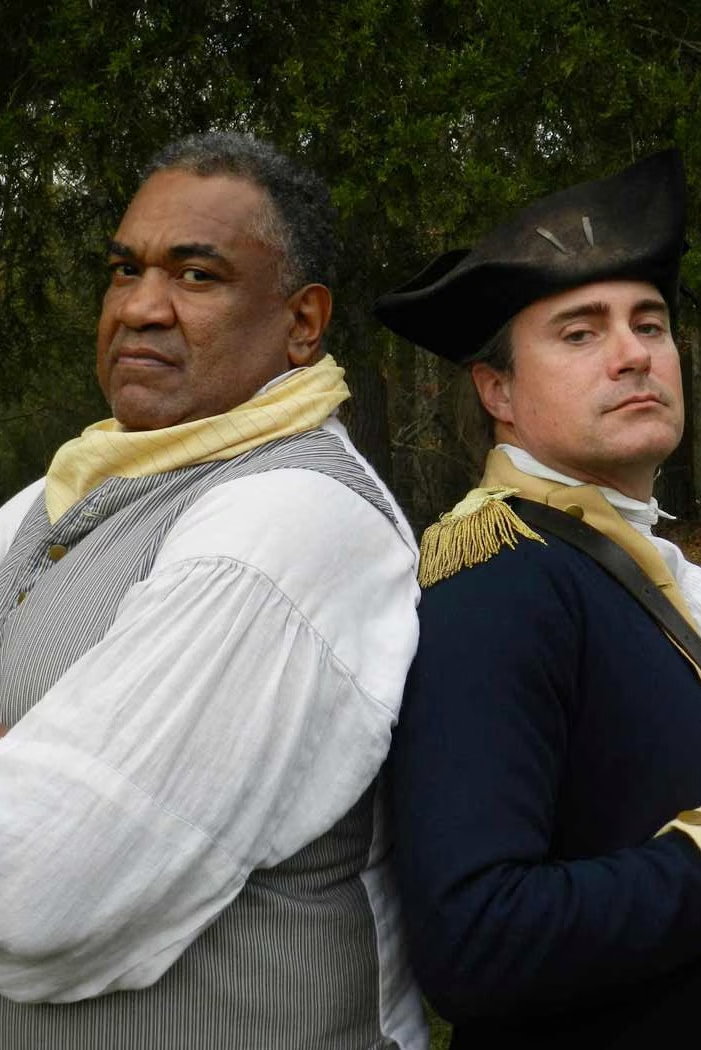
Black History Month
On This page
Join Us Onsite
February 2025
Join us for Black History Month in February as we shine an even brighter light on our year-round African American programming. Discover these American stories of resilience and explore the lives of those who lived, loved, and strove to create a better future.
Bringing History to Life
African Baptist Meeting House and Burial Ground
Colonial Williamsburg has partnered with the First Baptist Church of Williamsburg and the Let Freedom Ring Foundation to locate the remains of the Nassau Street site of the First Baptist Church. The First Baptist Church of Williamsburg is one of the country’s earliest African American congregations and was founded by free and enslaved Black worshippers.

Art Museums
“I Made This…” celebrates the lives of eighteenth through twentieth-century Black American artisans and artists through the material culture they created. Objects from both Decorative Arts and Folk Art collections will be displayed in the same gallery, contrasting the aesthetics and designs of men and women from different times, places, and backgrounds.

Williamsburg Bray School Initiative
Colonial Williamsburg and William & Mary have identified a building that once housed the Williamsburg Bray School, an 18th-century institution dedicated to the education of enslaved and free Black children. Now, we are working to share the complex history of what is likely the oldest extant building in the United States dedicated to the education of Black children – and the stories of those who were part of it.

Plan Your Visit
Explore Virtually

Watch & Learn More
Resources
Additional Resources
Learn even more about Black History Month by exploring these resources from both our museum and other trusted institutions.
Stay Connected
Subscribe Today
Sign up for our emails to be the first to know about our next Black History Month programming.













